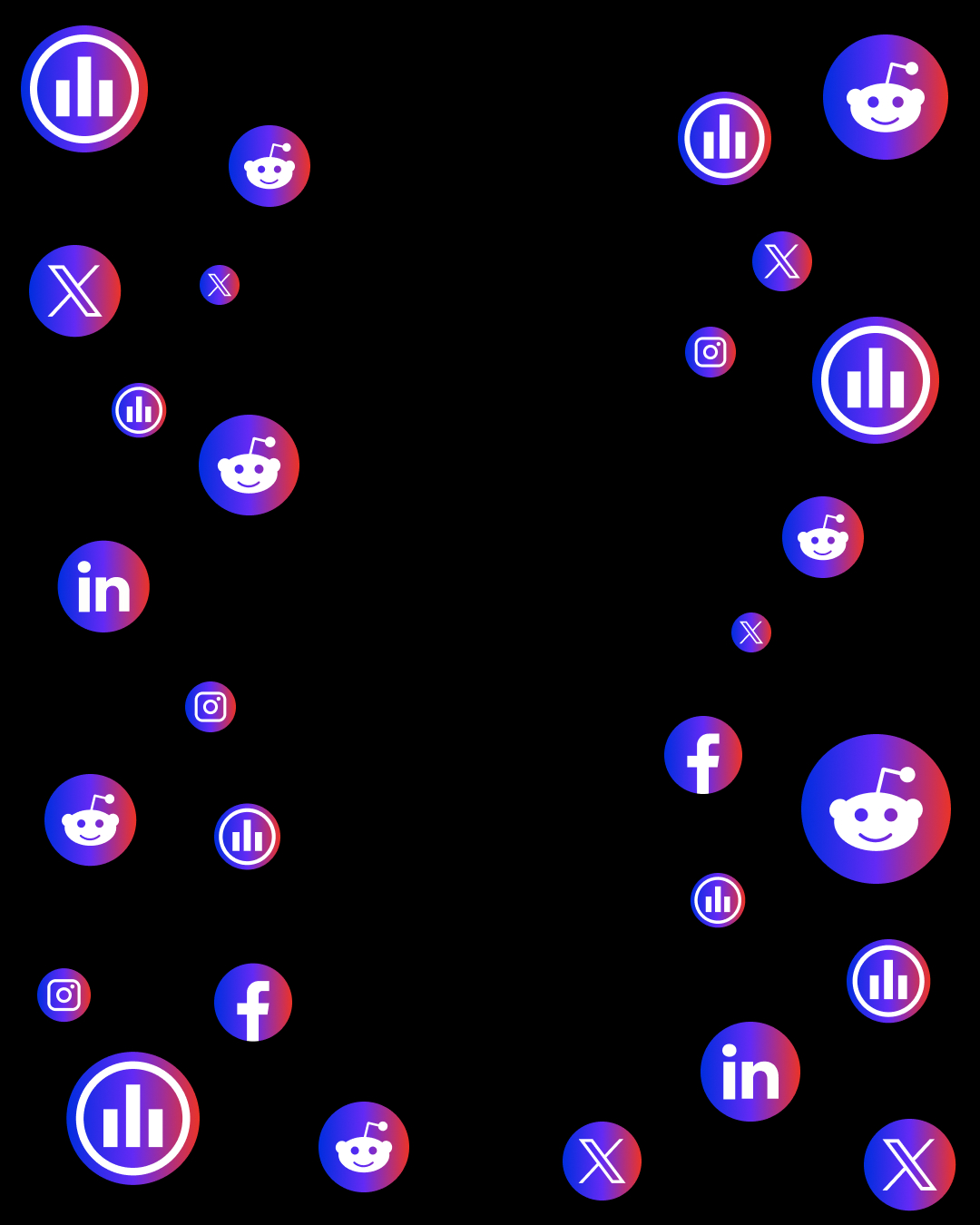The Growing Gender Divide in American Politics
The Big Picture
American politics is experiencing a widening gender divide, with women increasingly leaning left and favoring greater government intervention, while men tend to prefer free-market solutions and limited government involvement. This gap is evident in both political identification and policy preferences, a trend that appears to be intensifying among younger generations.
Independent Center polling, alongside research from Gallup and other institutions, suggests this divide will continue to grow as younger, more progressive women replace older, more conservative generations in the electorate.
Zooming In
The Gender Gap in Political Identification
We asked voters: “In politics today, and regardless of how you are registered, do you consider yourself to be a…”
- 34% of women identified as either “Strong” or “Not So Strong” Democrats, compared to 27% of men.
- 8% of women identified as “Independent Leaning Democrat”, compared to just 6% of men.

This gender divide is also corroborated by Gallup, which found that 41% of women identify as Democrats, compared to 32% of men, creating a nearly 10-point gap.
The gender divide is even more pronounced among younger voters. According to CNN’s 2020 exit polls, among voters aged 18-29:
- 67% of women voted for Biden, compared to 52% of men.
- 44% of young women identified as liberal, compared to 25% of young men.
This 20-point gender gap in young voters suggests that the political divide between men and women will continue to grow as older voters age out.
Gender Differences in Policy Preferences
This gender gap extends beyond party identification and is reflected in key policy preferences.
Housing Policy
We asked voters: “Which of the following do you believe would help address housing affordability?”
- 57% of women supported increased government involvement and subsidies, compared to just 37% of men.
- 40% of men preferred reducing regulatory barriers to drive down construction costs, compared to 29% of women.

Education Policy
We asked voters: “Which of the following do you believe would make our educational system more effective?”
- 42% of women supported increased government investment in public schools, compared to 36% of men.
- While both genders favored school vouchers, fewer women (48%) supported this policy compared to men (52%).

Abortion as a Key Issue
Despite its prominence in public discourse, abortion does not rank among the top concerns for most voters, regardless of gender.
- Only 7% of women ranked it as their most pressing issue.
- Only 5% of men said the same.
For both genders, economic issues and immigration were ranked as top priorities.

Independent Lens
The growing gender divide in American politics is not a temporary trend, but a fundamental shift in how men and women approach governance and policy. This divide is shaped by generational changes, educational attainment, economic realities, and broader societal trends.
Key takeaways from the data:
- Young women are significantly more left-leaning than young men, indicating that the gender gap will continue to widen.
- Women are more likely to support government intervention in key areas like housing and education, while men favor free-market solutions.
- Economic issues and immigration dominate voter concerns, while abortion ranks lower than expected despite media attention.
This shift presents challenges and opportunities for both parties. Republicans must address why young men are moving away from left-leaning policies, while Democrats must consider how to appeal to younger men without alienating their growing base of female supporters.
As the 2024 election nears, the gender gap will play a crucial role in shaping political strategies and voter outreach efforts.
To stay informed on emerging independent voter trends, join the Independent Center for exclusive data and insights into the future of American politics.





